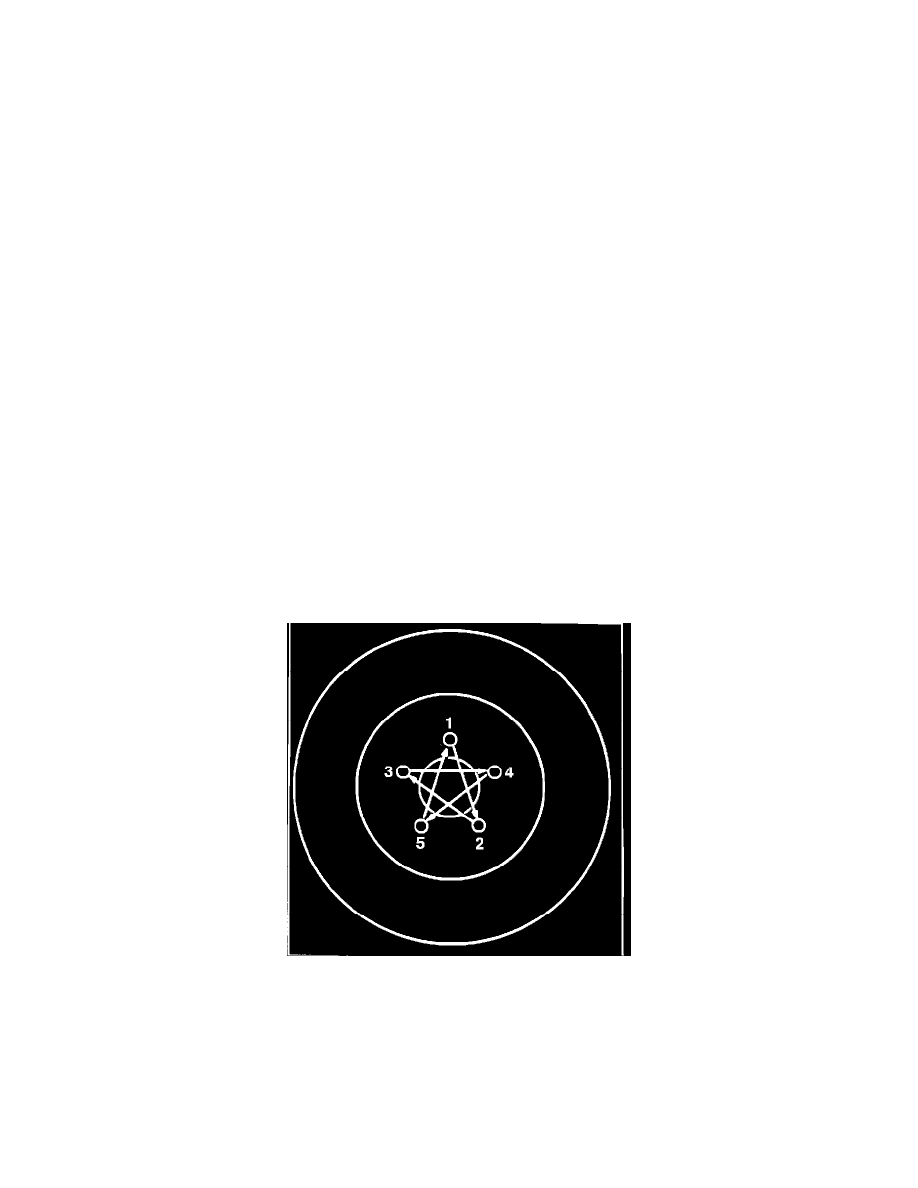6000 V6-173 2.8L VIN Z 2-bbl HP (1984)

Brake Rotor/Disc: All Technical Service Bulletins
Brakes - Pulsations and Rotor Surface Refinish
Bulletin Number:
88-5-8A
Reference Number:
815005R
Publish Date:
7/88
Subject:
BRAKE PULSATIONS AND DISC BRAKE ROTOR SURFACE REFINISH
Models
Affected:
1985-88 PARISIENNE/SAFARI, GRAND PRIX, BONNEVILLE AND GRAND AM AND 1982-88
SUNBIRD AND 6000
"This bulletin supersedes bulletin 88-5-8, dated 5/88. This bulletin is being revised to include the causes and corrections of brake pulsations and to add
additional carlines.
On today's vehicles the primary reason for brake pulsation is variation in the thickness of the rotor, which generally occurs after some mileage.
The causes of rotor thickness variation tend to occur while the vehicle is in motion and the brake pedal is in the unapplied position. Three events must
occur simultaneously:
1.
The rotor/bearing system runout must be out of specification enough to produce high spots on the rotor face in relation to the caliper.
2.
There must be a condition of caliper drag which causes the inboard and/or outboard shoe to rub on the rotor high spots.
3.
The lining material must be sufficiently abrasive to cause wear on the high spots and therefore to develop rotor thickness variation after
accumulated mileage.
Following is a discussion of each of these events along with information about the conditions which can contribute to each:
SYSTEM RUNOUT:
Excessive system runout can exist as a result of the stack up of the tolerances of a rotor and a bearing which has been manufactured at one end or the
other of their respective design specifications, or if either the rotor or bearing are out of specification.
FIGURE 1 - WHEEL NUT TIGHTENING SEQUENCE
The manufacturing process controls which determine the amount of rotor or bearing runout are continuously being improved to reduce the amount of
system and/or component runout. During manufacturing of the brake rotor, tolerances of the braking surfaces for flatness, thickness variation and lateral
runout are held very close. Maintaining these close tolerances on the rotor's braking surface is necessary to prevent brake roughness.
A lateral runout check of the rotor must be performed to determine the extent of runout.
Lateral Runout Check:
